

Ozone UVGI, also known as ozone ultraviolet germicidal irradiation, combines ultraviolet light with ozone gas for enhanced disinfection capabilities. Ozone (O3) is a powerful oxidizing agent that can effectively kill bacteria, viruses, and other microorganisms. When ozone is combined with UVGI, it can create a synergistic effect, increasing the efficiency of microbial inactivation.
In this process, UV light generates ozone by breaking apart oxygen molecules (O2) in the air, creating ozone molecules (O3). The ozone then reacts with microorganisms, disrupting their cell walls or metabolic processes, ultimately leading to their inactivation or destruction. This combination of UV light and ozone can be particularly effective in environments where thorough disinfection is crucial, such as medical facilities, laboratories, and food processing plants.


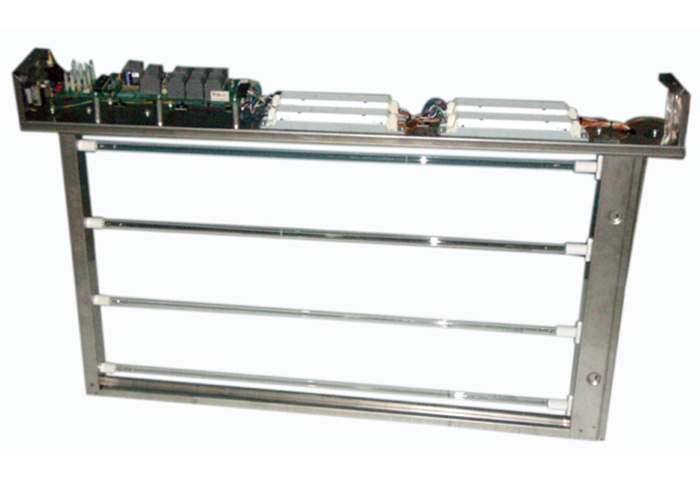
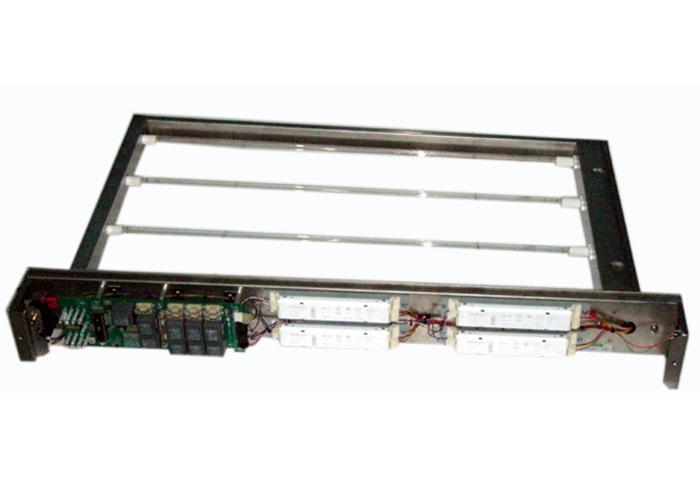
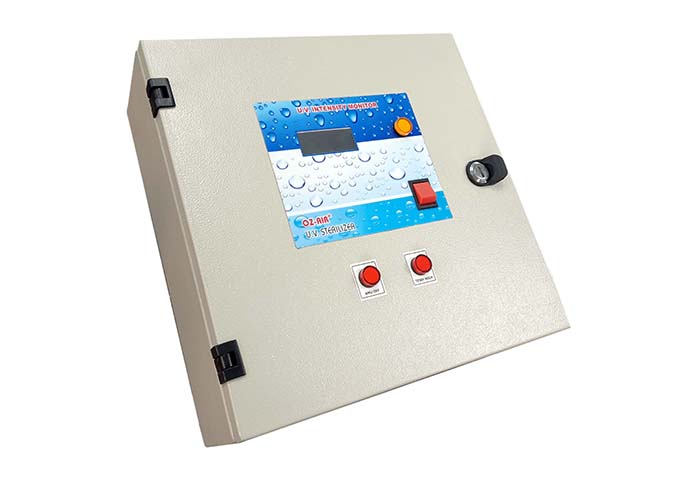
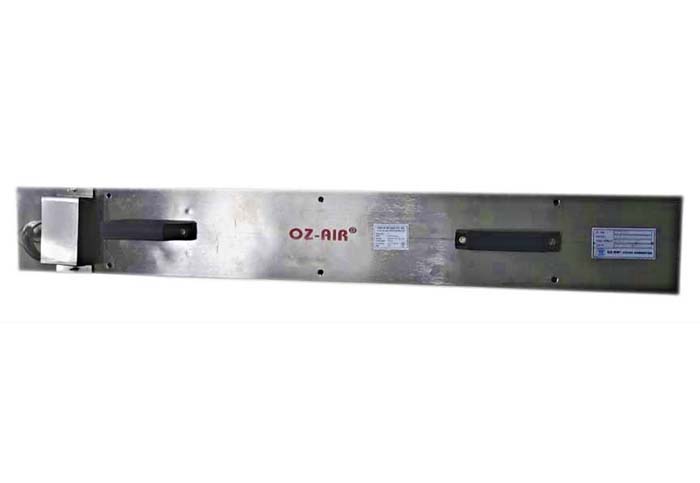
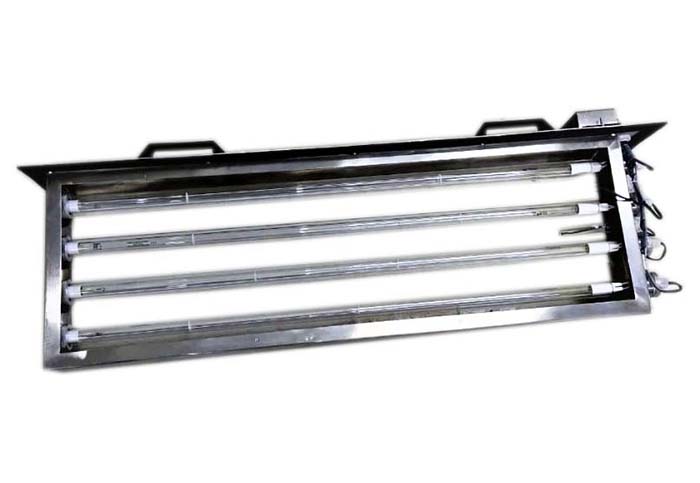
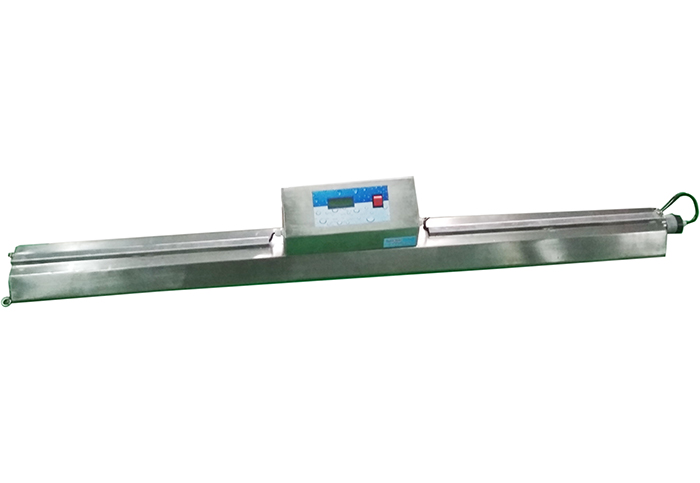
However, it's important to note that ozone can be harmful to humans if inhaled in high concentrations, so proper ventilation and safety precautions are necessary when using ozone UVGI systems. Additionally, ozone can degrade certain materials, so compatibility with the materials in the environment being treated should also be considered.
Ozone UVGI, or ozone ultraviolet germicidal irradiation, is a disinfection method that combines ultraviolet (UV) light with ozone gas to effectively kill or inactivate microorganisms.
Ozone is generated when UV light reacts with oxygen molecules in the air, forming ozone molecules. These ozone molecules then interact with microorganisms, disrupting their cell walls or metabolic processes, leading to their inactivation or destruction.
Ozone UVGI offers enhanced disinfection capabilities compared to traditional UVGI methods. The combination of UV light and ozone creates a synergistic effect, increasing the efficiency of microbial inactivation. It can be particularly effective in environments where thorough disinfection is crucial.
Ozone UVGI has applications in various settings, including hospitals, laboratories, food processing plants, water treatment facilities, and indoor air purification systems.
While Ozone UVGI can be highly effective for disinfection purposes, it's important to use it with caution. Ozone can be harmful to humans if inhaled in high concentrations, so proper ventilation and safety precautions are necessary when using ozone UVGI systems. Additionally, ozone can degrade certain materials, so compatibility with the materials in the environment being treated should be considered.
One limitation of Ozone UVGI is its potential to degrade certain materials over time. Additionally, because ozone can be harmful to humans, it's essential to ensure that the concentration of ozone in the treated environment remains within safe limits.
Ozone UVGI systems typically require regular maintenance, including cleaning of UV lamps, monitoring ozone levels, and ensuring proper ventilation. It's essential to follow manufacturer guidelines for maintenance to ensure the continued effectiveness and safety of the system.
Regulations and guidelines for the use of Ozone UVGI may vary depending on the jurisdiction and application. It's important to adhere to relevant regulations and industry standards to ensure safe and effective use of Ozone UVGI systems.